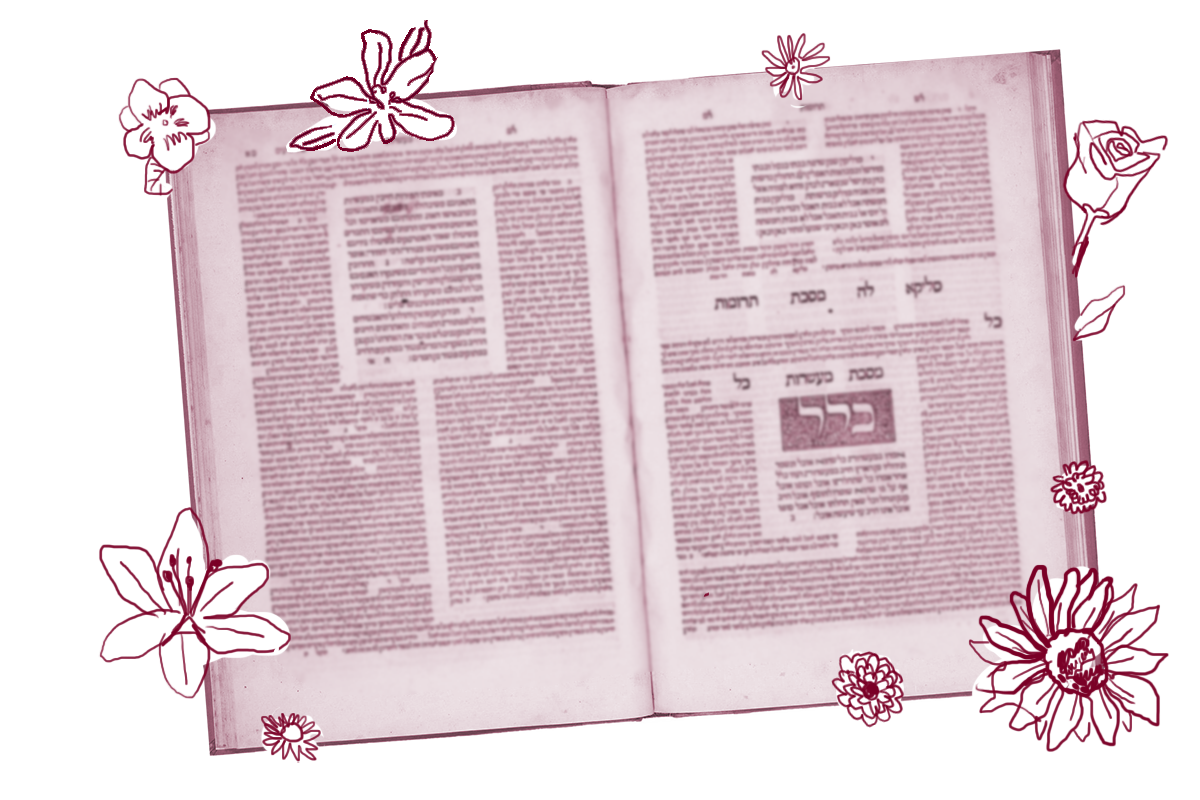As we know, the Talmud often cites mishnahs that we have not yet encountered in our journey through Daf Yomi. When that happens, I often hesitate to make them the focus of a Daily Dose essay, thinking it is more appropriate to wait and discuss them in their original context. But on today’s daf, the Gemara cites a mishnah that I write about with no hesitation because we’ll never encounter it in our Daf Yomi study. That’s because the mishnah in question comes from Tractate Ma’aser Sheni, which is in the Jerusalem Talmud but not the Babylonian one.
Ma’aser Sheni comes from Seder Zeraim, the part of the Talmud focused on agricultural laws, many of which apply only in the land of Israel. The theory goes that the Babylonian sages were more concerned with sections of the Mishnah that dealt with food laws that were applicable where they lived, which is why Ma’aser Sherni is not in the version of the Talmud they produced.
The central topic of the tractate is ma’aser sheni, literally “second tithe.” When produce was harvested, two gifts had to be separated out — terumah, which went to support the priesthood, and ma’aser rishon, the first tithe, which was given to the Levites. Of that which remained, a second tithe was taken to be eaten in Jerusalem or redeemed (that is, sold) and the proceeds used to buy food in Jerusalem in place of the original produce. This is the procedure in the first, second, fourth and fifth years of the seven-year Sabbatical cycle. In years three and six, the second tithe becomes ma’aser ani, the tithe for the poor.
With that background, we can better understand a story related in Ma’aser Sheni (5:9) quoted on today’s daf:

Help us keep Jewish knowledge accessible to millions of people around the world.
Your donation to My Jewish Learning fuels endless journeys of Jewish discovery. With your help, My Jewish Learning can continue to provide nonstop opportunities for learning, connection and growth.
Rabban Gamliel and other elders were traveling on a ship. Rabban Gamliel said to the elders: One-tenth of produce that I will measure out in the future is given to Yehoshua, and the place (of the tithe) is rented to him. And another tenth that I will measure out in the future is given to Akiva ben Yosef so that he will acquire it on behalf of the poor, and its place is rented to him.
While traveling with some of his peers, Rabban Gamliel announces that when he sets aside his tithes, he will rent the land from which those tithes are harvested to Rabbi Yehoshua (a Levite) for the first tithe, and to Rabbi Akiva (who will later distribute them to the poor) for the second tithe. While this is a lovely image of rabbis on a Mediterranean cruise discussing the ins and outs of paying their taxes, the Gemara cites it as potential proof that when transferring movable property as part of a transaction that involves the sale of land, the movable property must be located on the land itself.
But as it turns out, the tale in the mishnah is not determinative, as Rabban Gamliel could have done this in order to make things easier for the sages to whom he is giving the tithes. That is, by giving them temporary ownership of the fields where the produce was grown, they do not have to move the goods that they receive. Rather, they can keep them in place until they’re needed.
So Rabbam Gamliel’s actions may well have been motivated by convenience rather than required by law. Which gave his colleagues a platform on which to store their newly acquired produce, and one for us to take a peek at Tractate Ma’aser Sheni.
Read all of Kiddushin 27 on Sefaria.
This piece originally appeared in a My Jewish Learning Daf Yomi email newsletter sent on September 9th, 2023. If you are interested in receiving the newsletter, sign up here



